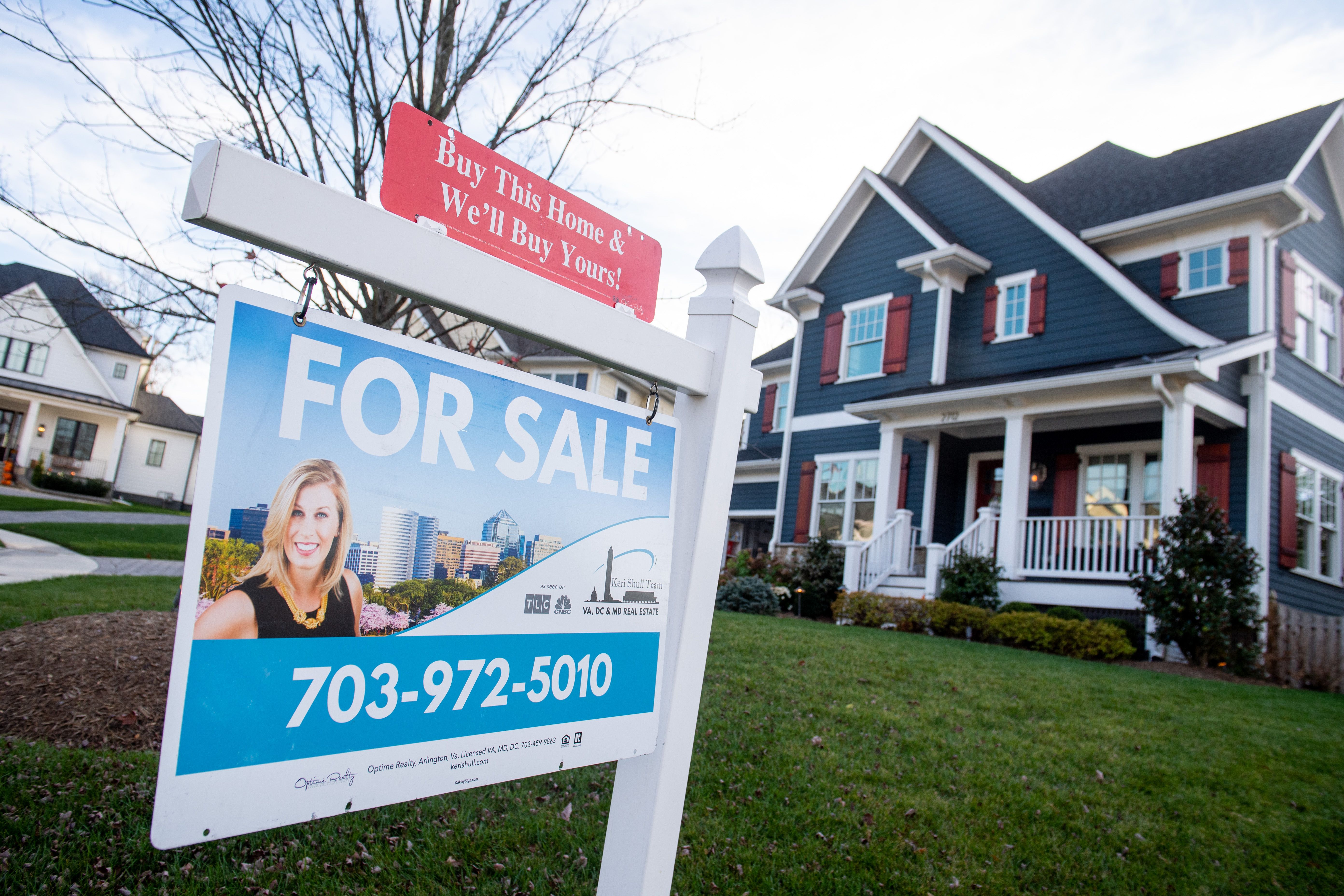Report: Full-time minimum wage workers can only afford rent in 7% of US counties
LOS ANGELES - An annual report from the National Low Income Housing Coalition found that full-time minimum wage workers can afford a one-bedroom rental in only 7% of all counties nationwide.
The report explains that the average renter also often does not earn enough to afford even a modest rental home. The federal minimum wage is $7.25 while full-time minimum-wage workers typically work 40 hours per week.
Workers in 49 states, the District of Columbia and, Puerto Rico earn less than what’s required for the average two-bedroom housing wage, according to the report. Workers in 17 states including California, Florida and New York earn at least $5 less than the average wage needed to afford a two-bedroom home in those counties.
In 26 states, the average renter’s wage is lower than what’s required to comfortably afford one-bedroom housing.
RELATED: Houses in rural Japan are selling for $500
The report determined a worker would need to earn a minimum of $24.90 per hour "housing wage" in order to afford a two-bedroom home in most U.S. counties while a worker would need to earn at least $20.40 to afford a one-bedroom home at "fair market rent."
The Low Income Housing Coalition determines a "housing wage" as an amount a worker must earn while spending a maximum of 30% of their income on rent.
The report follows a rise in U.S. home prices, which soared in April at the fastest pace since 2005.
Many Americans have sought more living space since the pandemic began, seeking larger homes in suburbs rather than apartments or smaller homes in cities. Historically low mortgage rates, restrained in part by the Federal Reserve’s low-interest-rate policies, have also spurred demand, just as the large millennial generation ages into a peak home-buying period.
The price gains have been so dramatic that home sales have started to slow as more would-be buyers are priced out of the market. In May, the number of available homes ticked up slightly, to 1.23 million. But that was still down 21% compared with a year earlier.
Sales of existing homes have fallen for four straight months, likely because soaring prices have discouraged some would-be buyers. Still, demand is strong enough that a typical home was on the market for just 17 days last month, the National Association of Realtors said. Nearly 9 of 10 homes were on the market for less than a month.
Phoenix reported the largest price gain in April for the 22nd straight month, according to the Case-Shiller index, with an increase of 22.3% from a year earlier. San Diego followed at 21.6%, followed by Seattle at 20.2%.
This story was reported from Los Angeles. The Associated Press contributed.


